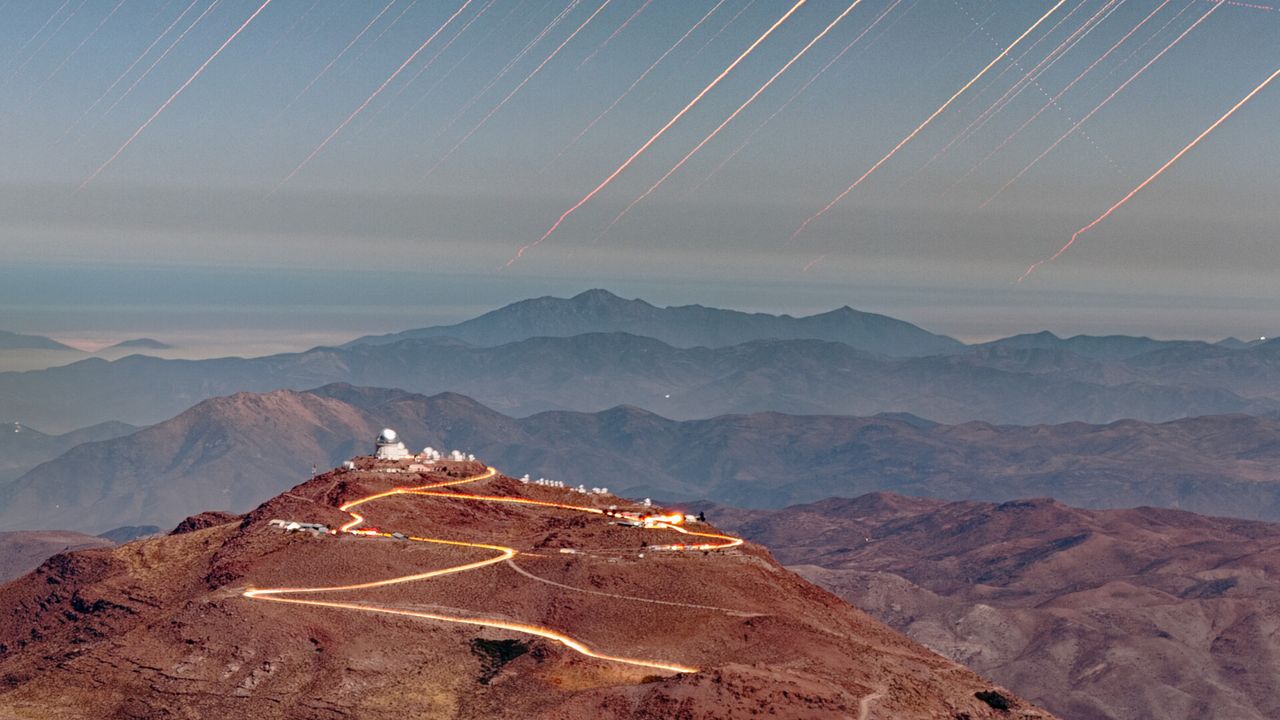
The Atacama desert is a hotspot for astronomy. With its dry thin air and lack of light pollution, it's a perfect place for some of the world's largest and most accurate telescopes.
Several of these telescopes are located atop mountains like Cerro Pachón and Cerro Tololo where the altitude allows for darker skies and less interference for astronomical measurements.
What is it?
Telescopes found at those two sites are part of the US National Science Foundations' NOIRLab (National Optical-Infrared Astronomy Research Laboratory), which is the national center for ground-based optical and infrared astronomy. Operated by the Association of Universities for Research in Aastronomy (AURA) NOIRLab manages world-class observatories in both hemispheres.
NOIRLAb's mission is to enable breakthrough science with cutting-edge telescopes and instruments, as well as highlighting the human effort and infrastructure that make these discoveries possible.
Where is it?
According to NOIRLab, this image was taken from atop Cerro Pachón of the nearby Cerro Tololo.

Why is it amazing?
This long exposure image shows the bustle around Cerro Tololo, as headlights of cars illuminate a winding road across the mountain. On Cerro Tololo, nearly 40 telescopes at the Cerro Tololo Inter-American Observatory (CTIO) scan the skies.
Similarly, Cerro Pachón, where this photo was taken hosts major instruments like the Gemini South telescope and the Vera C. Rubin Observatory.
The glowing road between peaks shows the partnerships between facilities who work together to advance astronomy by looking at things from near-Earth objects to distant galaxies to dark matter.
Want to learn more?
You can read more about telescopes at Chile and NOIRLab.







